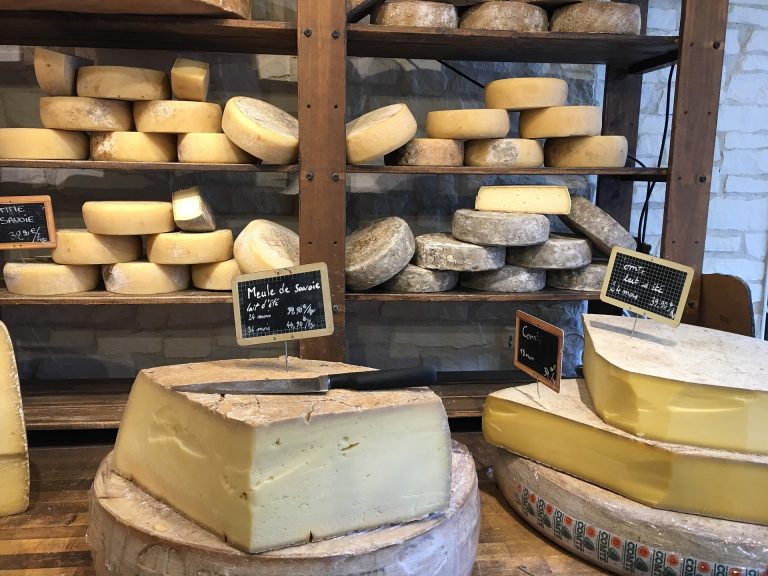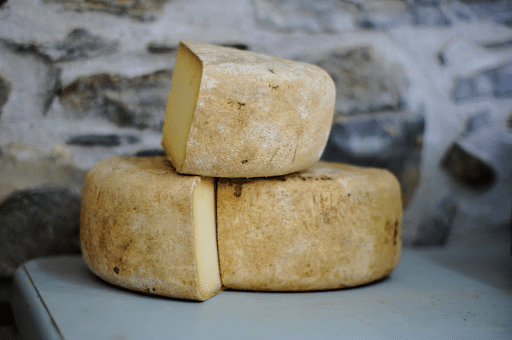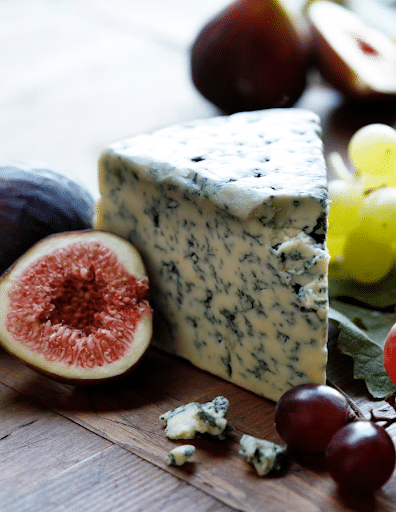
If you love food, you love cheese. It’s a given.
But most people eat the same cheeses over and over again throughout their lives without ever really branching out. Cheddar, Stilton and Camembert are all staples, while rarer varieties with rich histories never get the chance to grace their palates.
In this post, we take a look at some of the rarer cheeses that might not be on your radar. View them as inspirational meat and cheese tray ideas.
Donkey Cheese
All mammals can make milk, and most of them produce milk that producers can turn into cheese. That’s certainly the case in Serbia where producers have been making donkey cheese for hundreds of years.
The cheese comes from the Zasavica Special Nature Reserve, around 50 miles out of Belgrade, and its nutritional profile is nothing like traditional cheese. It has more than 50 times the vitamin C content of cow’s milk.
However, it is in relatively short supply. Donkey’s usually only produce around 200 ml of milk per day each, which means that prices for the cheese are exceptionally high. We’re talking hundreds of pounds per kilo.
Deer Cheese
New Zealand farmers are experimenting with deer cheese in line with the reindeer cheese made by Scandinavia’s Sami community.
Economic necessity is forcing much of the decision-making. Farmers know that they need products beyond venison if they want to survive in the modern marketplace. That’s why many are switching their farms to deer cheese and hoping that it will prove a hit with consumers. Deer cheese sounds a little strange at first, but you soon get used to the idea.
Almond Cheese
Mixing cultures with almonds allows manufacturers to create delicious and entirely plant-based cheeses for vegans. These cheeses cure in much the same way as traditional varieties, with bacteria that munch through the fat and give the cheese a distinctive character.
Almond cheese is surprisingly close to dairy cheese in both texture and flavour – great for keto. Furthermore, it is a massive upgrade from traditional palm-oil or coconut-oil-based cheeses. The cheese is healthier, has a better fat profile and contains all of the fibre from almonds.
Lichen Cheese
Historically, Inuit populations in the northern hemisphere would depend on the fermented remains of lichen in the stomachs of caribou because it was a good source of vitamin C. They discovered that it tasted a bit like blue cheese.
Now, farmers in Canada are attempting to recreate the experience. They’re combining goats’ milk with lichen to recreate the mould that gives the stomach contents their flavour.
The cheese is still very much in development. However, it is already available for brave souls who want to try it in cafés in Montreal.
Airag Cheese
In central Asia, traditional cattle are in short supply. Locals, therefore, are looking to horses to provide cheese for them. The resulting cheese is called airag.
To make it, herders first select a mare with a foal to provide the milk. They then leave the milk to ferment, often by using the remains of last season’s airag. After that, they keep it either in the saddle as they ride around or leave it in a pot in the middle of the village for people to stir regularly. This agitation then helps the milk coagulate into cheese. Cheesemakers then curdle it and filter it through a muslin cloth.
Central Asians enjoy the cheese in two forms: fresh or dried. It’s a popular snack on the steppe – great for powering through a day in the saddle.
Milbenkase
Milbenkase is a German cheese that has one of the most revolting production methods in the industry. Cheesemakers begin by rubbing the cheese in mite excrement and then add new mites plus some rye for them to chew on.
As the mites feed, they release an enzyme from their bodies that ripens the cheese, turning it from yellow to black over the course of a few months. Once the cheese is ready, brave souls then munch on it, mites and all. It has a dry, bitter and zesty taste and may be effective at fighting dust mite allergy.
Tibetan Cheese
Tibet is one of the most fascinating places on Earth. Located high on the central Asian plateau, it has a unique culture and is isolated from practically all over civilizations.
The Tibetans rely on the yak to get around, so it should come as no surprise that they make cheese from the yak’s milk. The cheese is hard, though, so don’t just bite into it. Instead, cut off slivers and add it to other dishes.

